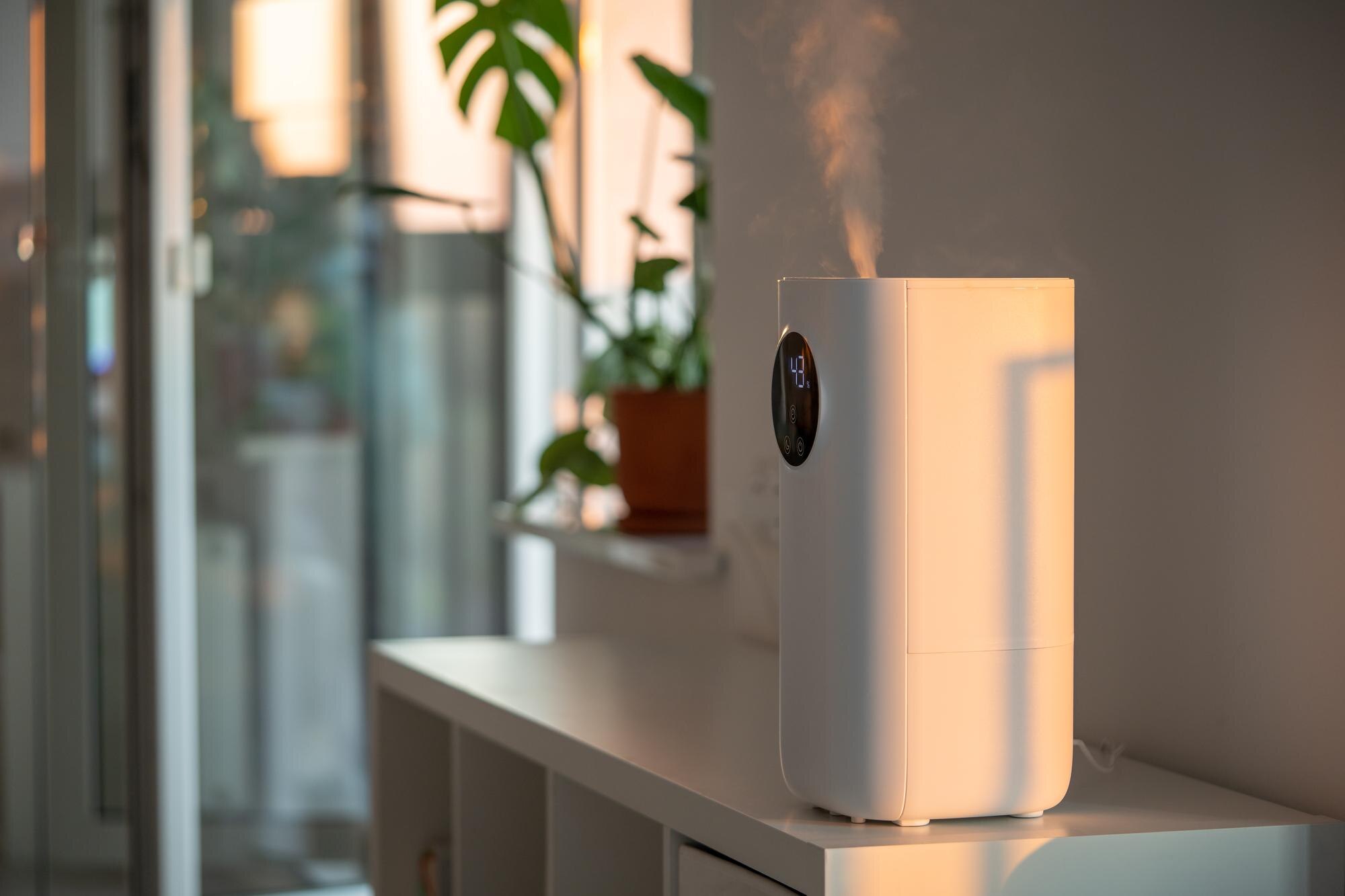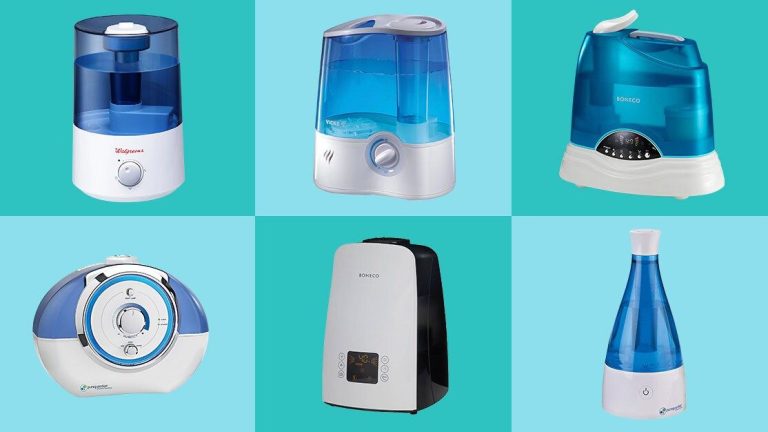Breathe Easy: Humidity Hacks for Better Indoor Air Quality
Dry air can leave you coughing, while too much moisture invites mold and dust mites. Finding the right balance is tricky but makes a huge difference for better breathing indoors. With simple humidity hacks, you can take control of indoor air quality and create a healthier space. Let’s walk through easy steps using humidifiers, dehumidifiers, and smart humidity management to keep your air fresh and comfortable. For more tips, check out this guide on how to control home humidity levels for better air quality.
Understanding Humidity Hacks

Creating a comfortable indoor environment starts with mastering humidity levels. Achieving the right balance can enhance your well-being and make breathing easier at home or work.
Ideal Indoor Humidity Levels
Finding the perfect humidity level is key to comfort. Ideally, your indoor humidity should range between 30% and 50%. This range prevents dry skin, reduces allergens, and keeps your home cozy. Checking humidity levels is easy with a hygrometer, a handy tool you can find at most hardware stores.
Too low, and you might experience dry skin and irritation. Too high, and mold and dust mites could become a problem. Monitoring is crucial—especially in seasonal changes. Many people think humidity is only an issue in summer, but winter dryness can be just as uncomfortable.
Signs of Poor Humidity Control
Poor humidity control shows up in various ways. If you notice condensation on windows, it’s a sign of high humidity. This can lead to mold growth, often found in bathrooms or basements. On the other hand, frequent static shocks or wilting plants suggest air that’s too dry.
Properly managing humidity helps prevent these issues. By recognizing these signs, you can take steps to balance the air in your space. If you’re unsure where to start, this guide offers great tips on maintaining good indoor air quality.
Tools for Better Breathing Indoors
To breathe easier, you’ll need the right tools. Humidifiers and dehumidifiers are essential for managing indoor air quality effectively.
Choosing the Right Humidifier
Picking the right humidifier depends on your specific needs and space. For small rooms, a compact ultrasonic humidifier works well. Larger areas might benefit from an evaporative model, which covers more ground. Both types add moisture but in different ways.
Consider features like automatic shut-off and adjustable settings for convenience. If you have hard water, go for a model with a filter to prevent mineral buildup. A humidifier not only comforts your skin and throat but also helps keep wooden furniture from cracking.
Benefits of Using Dehumidifiers
Dehumidifiers are lifesavers in damp climates. They reduce moisture, discouraging mold and mildew. If your home feels sticky, or if you smell a musty odor, it’s time to consider one.
Choose a model with a built-in hygrometer to monitor humidity easily. Many units have a continuous drainage option, perfect for basements. By reducing moisture, you create a healthier, more comfortable living space. Most people believe dehumidifiers are only for summer, but they can be beneficial year-round.
Simple Humidity Management Techniques

Managing humidity doesn’t have to be complicated. Simple changes can make a big difference in your home’s air quality.
Natural Ways to Regulate Humidity
There are many natural ways to control humidity. Start by opening windows to allow fresh air to circulate. This helps balance moisture levels naturally. Placing plants like peace lilies or bamboo palms can also absorb moisture and purify the air.
Another tip is to use exhaust fans in kitchens and bathrooms. These fans pull out excess humidity during cooking or showering. Keeping your home well-ventilated is crucial for maintaining healthy humidity levels.
Easy Air Quality Solutions at Home 🌿
Simple actions can significantly improve your home’s air quality. Regularly cleaning air filters on your HVAC system ensures efficient operation. Carpets can trap moisture, so opt for hard flooring where possible.
Try using a baking soda solution to absorb odors and moisture in closets or other small spaces. For more ideas on improving air quality, visit Healthline’s guide.
Remember, the longer you wait to address humidity issues, the more discomfort you’ll experience. Implementing these easy solutions will make your home a haven of comfort and health.




